While digital operations are crucial to business success, Distributed Denial of Service (DDoS) attacks have emerged as a prominent threat, targeting organizations of all sizes. These malicious attacks overwhelm a network, rendering websites and services unusable and inflicting significant damage to both operational capabilities and brand reputation. Understanding how to respond effectively to a DDoS attack is essential for safeguarding your organization from potential chaos and long-lasting repercussions. This article outlines practical strategies and best practices to take when under siege, empowering businesses to manage the crisis efficiently and minimize disruption.
Essential Strategies for Mitigating DDoS Impact and Ensuring Business Continuity
The threat of Distributed Denial of Service (DDoS) attacks looms larger than ever, capable of crippling businesses and disrupting services. As organizations become more reliant on online operations, it is crucial to have effective strategies to mitigate these malicious attacks' impact.
By understanding and implementing the following strategies, you can better prepare your organization to withstand the challenges posed by cyber threats and maintain operational resilience.
1.Identify the Attack Early
- Monitor traffic spikes: Unusual surges in traffic could be a sign of an attack.
- Check server logs: Look for a high volume of requests from multiple IP addresses.
- Use monitoring tools: Services like Cloudflare, AWS Shield, or security software can help detect DDoS patterns.
2.Mitigate the Attack
- Enable rate limiting: Restrict the number of requests from a single IP.
- Use a Web Application Firewall (WAF): Protects against malicious traffic.
- Blackhole routing (if necessary): Temporarily redirect all traffic to a null route to protect your server.
3.Work with Your Hosting Provider or ISP
- Contact your ISP or hosting provider to see if they can filter or block malicious traffic.
- Some providers offer DDoS protection services that can help mitigate the attack.
4.Leverage DDoS Protection Services
- Use a CDN (Content Delivery Network): Services like Cloudflare, Akamai, or Fastly can absorb attack traffic.
- Invest in Anti-DDoS solutions: Platforms like AWS Shield, Imperva, and Arbor Networks can help.
5.Identify the Attack Source and Block It
- Analyze IP addresses: Use logs to identify attackers and block their IPs.
- Geofencing: If attacks come from specific regions, temporarily block traffic from those areas.
6.Increase Server and Network Capacity
- Scalability: Cloud-based solutions can help distribute traffic and absorb the impact.
- Load balancing: Distribute traffic across multiple servers to prevent overload.
7.Inform Customers and Employees
- Update stakeholders: Notify customers via social media or email about possible slowdowns.
- Train your team: Ensure IT staff know how to handle DDoS attacks effectively.
8.Preventive Testing & Red Teaming
DDoS Simulation & Testing
- Conduct stress testing: Simulate high traffic loads
- Run penetration testing: Check for vulnerabilities in firewalls, rate limiting, and network configurations.
Red Teaming for DDoS Resilience
- Hire a Red Team: Ethical hackers can simulate real-world DDoS attacks to test your defenses.
- Conduct tabletop exercises: Simulate an attack scenario with your IT and security teams to assess response strategies.
- Test incident response plans: Ensure your team knows how to react to various attack types (volumetric, protocol-based, application layer attacks).
How CyRAACS Can Help with Red Team Exercises
CyRAACS offers specialized Red Team exercises to test and improve your organization's DDoS resilience. Their services include:
- Simulated DDoS Attacks: CyRAACS mimics real-world DDoS threats to evaluate your network’s ability to withstand attacks.
- Vulnerability Assessment & Penetration Testing (VAPT): Identifies weak points in your infrastructure before attackers exploit them.
- Incident Response Testing: Evaluates how well your team responds to a cyberattack and helps improve reaction time.
- Tabletop Exercises: Helps organizations prepare for DDoS attacks by simulating crisis situations and refining response strategies.
- Security Hardening Recommendations: CyRAACS provides actionable steps to fortify your infrastructure against future DDoS threats.
By leveraging CyRAACS Red Team exercises, organizations can proactively identify weaknesses, improve response strategies, and strengthen their overall cyber resilience.
Plan for Future Attacks
- Develop an incident response plan: Have a step-by-step process ready.
- Regular security audits: Test your systems for vulnerabilities.
- Use automated DDoS mitigation: Set up always-on protection to reduce risks.
If the attack persists, contact CyRAACS, your cybersecurity expert for further assistance.
Conclusion
While the threat of DDoS attacks is real and ever-evolving, having a clear response strategy can significantly mitigate their impact. By implementing preparedness measures, maintaining open lines of communication, and utilizing effective countermeasures, organizations can not only withstand these attacks but also emerge stronger. The key lies in being proactive, adapting to the changing landscape of cyber threats, and fostering a culture of resilience among all stakeholders. By preparing for the unexpected, businesses can protect their assets, reputation, and customer trust, ensuring they remain operational even when faced with challenges that put them under siege.

